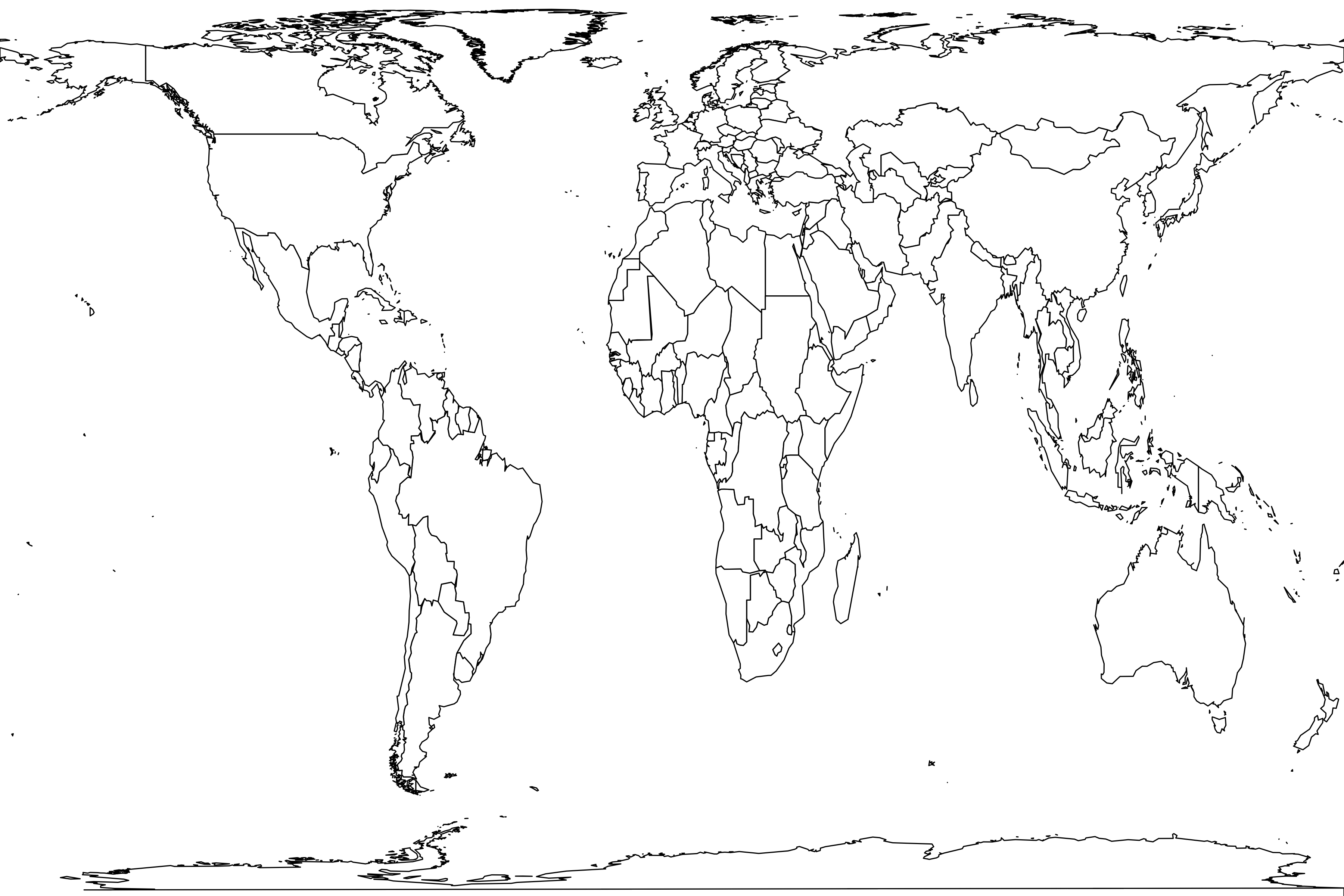Mezmaiskaya Cave (Layer 2A)
Basic information
Sample name: Mezmaiskaya Cave (Layer 2A)
Reference: G. Baryshnikov, J. F. Hoffecker, and R. L. Burgess. 1996. Palaeontology and zooarchaeology of Mezmaiskaya Cave (Northwestern Caucasus, Russia). Journal of Archaeological Science 23(3):313-335 [ER 3740]
Geography
Country: Russia
State: Adygea
Coordinate: 44° 10' N, 40° 5' E
Latlng basis: stated in text
Time interval: Late Pleistocene
Section: 3740
Unit number: 2
Unit order: above to below
Ma: 0.048
Age basis: ESR
Geography comments: "Mezmaiskaya Cave is located in the northwestern foothills of the Caucasus Mountains, approximately 50 km south of the city of Maikop in the Azish-Tau Range, which is part of the Lagonak Upland. The site overlooks the right bank of the Sukhoi Kurdzhips (a small tributary of the Kurdzhips River), and lies at an elevation of 1300–1350 m"
"Layer 2A yielded AMS radiocarbon dates on bone of 35, 760 ± 400 BP and 36, 280 ± 540 BP"
JA: there are mean ESR dates on three teeth from this layer of 40.8 ± 1.3 ka, which is reported both based on early uptake and late uptake models (perhaps by mistake) (Skinner et al. 2005)
"Layer 2A yielded AMS radiocarbon dates on bone of 35, 760 ± 400 BP and 36, 280 ± 540 BP"
JA: there are mean ESR dates on three teeth from this layer of 40.8 ± 1.3 ka, which is reported both based on early uptake and late uptake models (perhaps by mistake) (Skinner et al. 2005)
Environment
Lithology: claystone
Taphonomic context: bird accumulation, carnivore accumulation, cave, human accumulation
Archaeology: stone tools
Habitat comments: "Mezmaiskaya Cave contains a deep succession of rubble and clay deposits that span much of the Late Pleistocene". Layer 2A consists of "dark reddish brown clay loam and clay with small to large angular rock fragments and small rounded pebbles. Layers 2, 2A, 2B, and 3 yielded hundreds of Mousterian artefacts. The assemblages contain few cores and a high proportion of tools. In the upper levels (Layers 2 and 2A), bifacial tools are rare, and side-scrapers are heavily predominant".
"Most of the faunal remains were deposited through biotic processes; they represent animals that either inhabited the cave or were brought to the cave by its inhabitants. The large quantity of microvertebrate remains were likely accumulated primarily by owls. Some of the macrovertebrate remains probably represent the prey of carnivores (particularly leopard). However, the bulk of the medium and large mammal remains in the Mousterian occupation layers match the characteristics of an assemblage accumulated by human hunters".
"Most of the faunal remains were deposited through biotic processes; they represent animals that either inhabited the cave or were brought to the cave by its inhabitants. The large quantity of microvertebrate remains were likely accumulated primarily by owls. Some of the macrovertebrate remains probably represent the prey of carnivores (particularly leopard). However, the bulk of the medium and large mammal remains in the Mousterian occupation layers match the characteristics of an assemblage accumulated by human hunters".
Methods
Life forms: bats, carnivores, rodents, ungulates, other small mammals, birds
Excluded forms: lizards, frogs, fishes
Sampling methods: quarry, screenwash
Sample size: 1044 specimens
Years: 1987 - 1994
Net or trap nights: 0
Basal area status: not applicable
Sampling comments: "Excavations at the cave were conducted during 1987–1994, exposing a total area of approximately 30 m2".
"Cave sediment was excavated by natural stratigraphic layer (subdivided by 5 cm levels) with small knives, and water-sieved (mesh sizes of 3 and 1 mm)".
"Cave sediment was excavated by natural stratigraphic layer (subdivided by 5 cm levels) with small knives, and water-sieved (mesh sizes of 3 and 1 mm)".
Metadata
Sample no: 3973
Contributor no: Benjamin Carter
Enterer: Benjamin Carter
Created: 2022-08-19 11:17:46
Modified: 2023-12-04 04:06:25
Abundance distribution
Each square represents a species. Square sizes are proportional to counts. Values are logged.
Statistics
23 species
5 singletons
total count 1044
geometric series index: 35.0
Fisher's α: 4.16
geometric series k: 0.739
Hurlbert's PIE: 0.4358
Shannon's H: 1.1566
Good's u: 0.9952
Register
| †Marmota paleocaucasica | 15 | |
| Vulpes vulpes (red fox) | 11 | |
| †Ursus kudarensis (bear) | 7 | |
| "Ursus deningeri kudarensis": see Gimranov et al. (2021) | ||
| Panthera pardus (leopard) | 3 | |
| Rangifer tarandus (reindeer) | 1 | 69.0 kg |
| Capreolus capreolus (roe deer) | 1 | |
| Cervus elaphus (red deer) | 5 | |
| †Bison priscus (bison) | 32 | |
| Capra caucasica (West Caucasian tur) | 7 | |
| Ovis sp. | 11 | |
| "Ovis orientalis": mouflon or urial; also 99 Caprinae indet. | ||
| Erinaceus concolor (southern white-breasted hedgehog) | 1 | |
| Sorex sp. | 40 | |
| Spermophilus sp. | 1 | |
| "ex gr. pygmaeus-musicus" | ||
| Apodemus sp. | 7 | |
| Nothocricetulus migratorius (grey dwarf hamster) | 8 | |
| "Cricetulus migratorius" | ||
| Cricetus cricetus (European hamster) | 2 | |
| Arvicola sp. | 4 | |
| Chionomys nivalis | 93 | |
| Chionomys roberti | 3 | |
| Microtus sp. | 12 | |
| Microtus majori/daghestanicus "Terricola ex gr. majori-daghestanicus" | ||
| Microtus arvalis | 776 | |
| Chiroptera indet. | 1 | |
| Pyrrhocorax graculus | 3 | |


